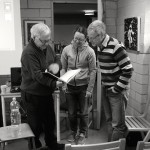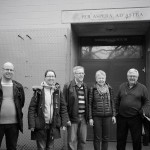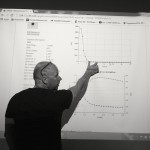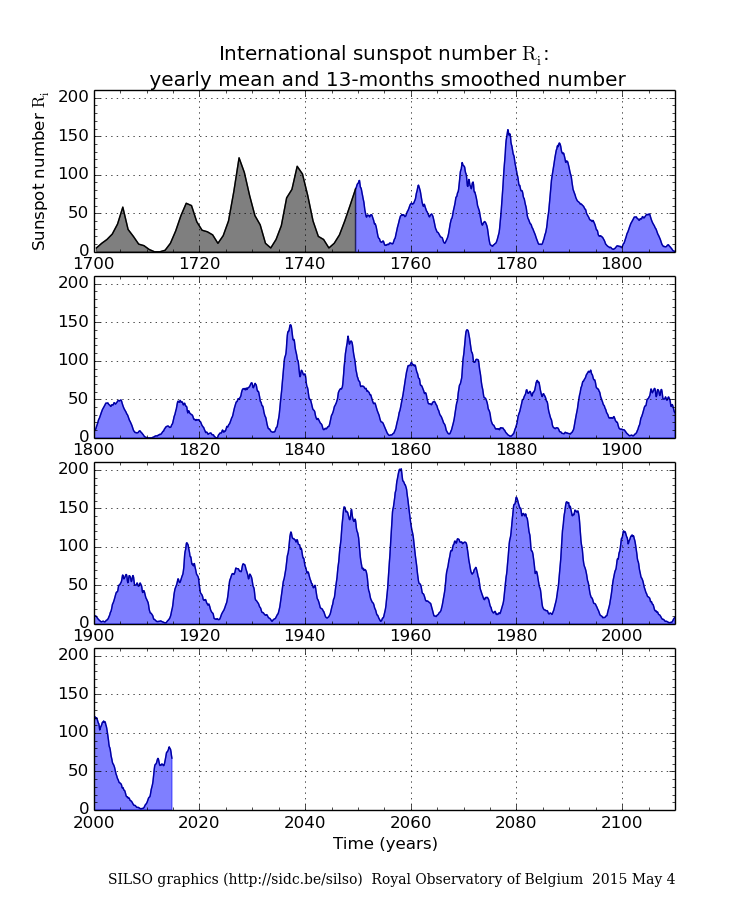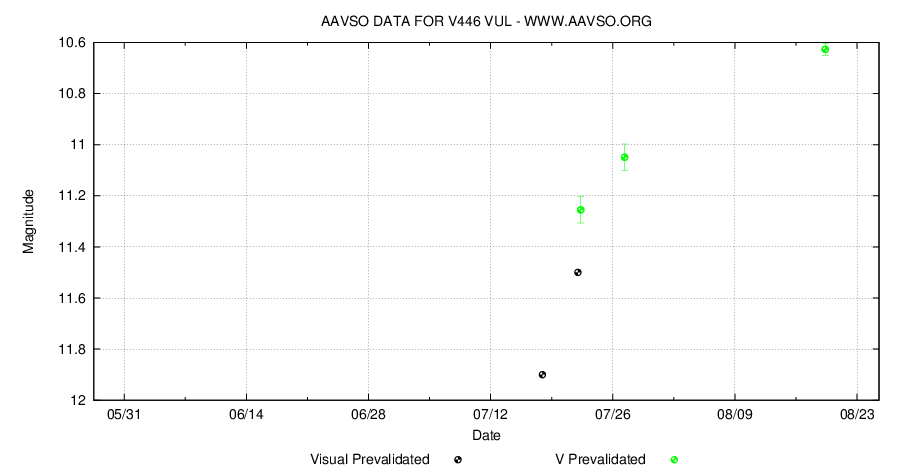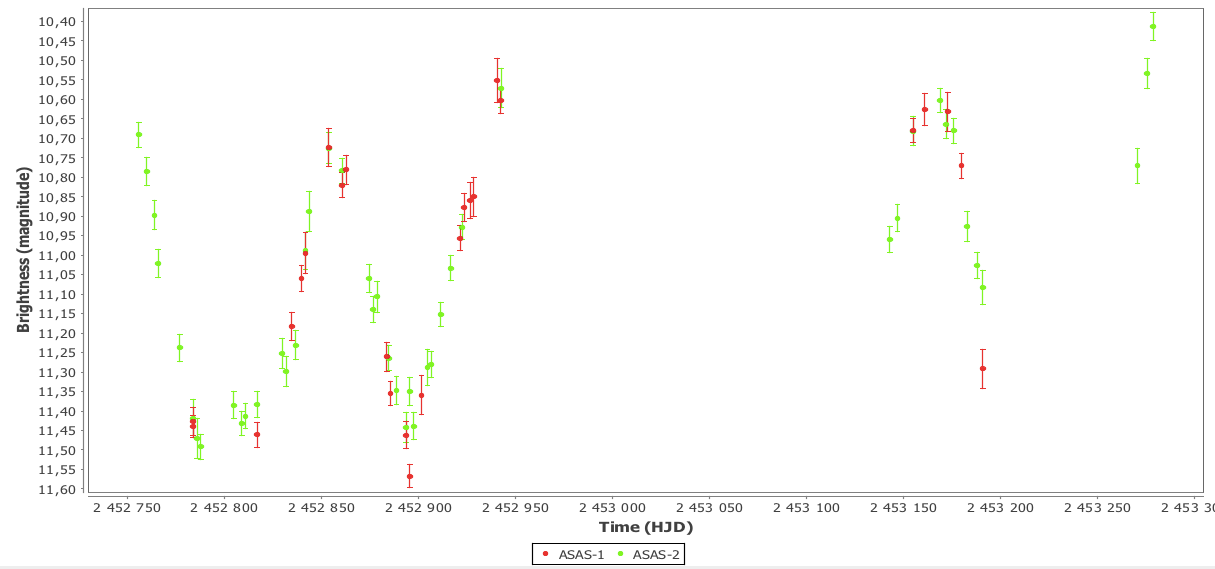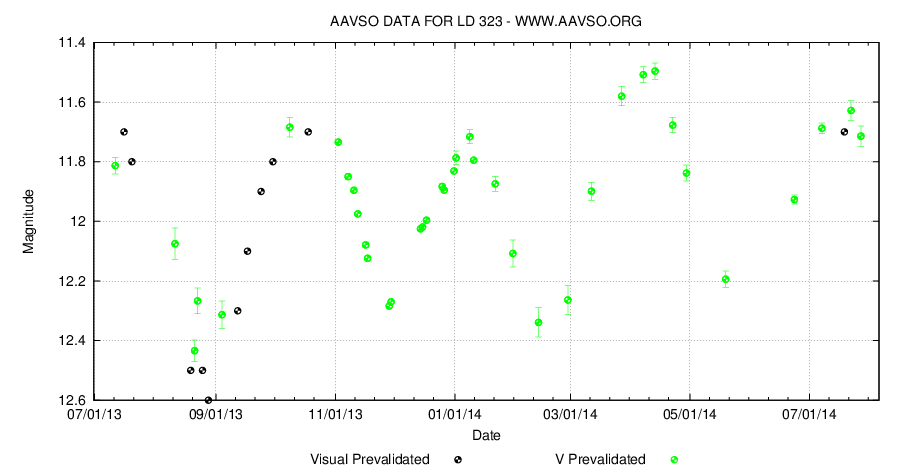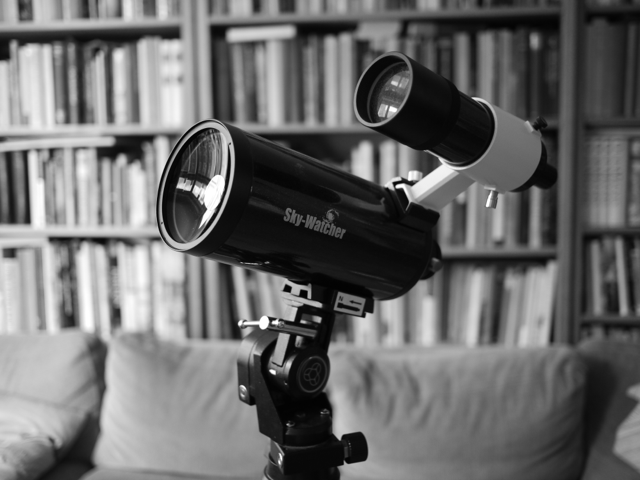I observed C/2014 Q2 Lovejoy on January 14:
magnitude: 4.0
method: Sidgwick
comp stars: 5 Tau (V= 4.1) and omi Tau (V=3.6).
15×70 binoculars
DC=6
The comet was a very easy catch from my urban location, one of the brightest comets I’ve ever seen.
It was a fine sight. It also got me thinking about comets of the past, and I decided to spend some time with old observing journals and other sources to try to put together a personal cometography.
I remember my first comet. I’m pretty sure it must have been comet Austin (C/1982 M1) also known as 1982G. I was 15 years old, very much interested in astronomy, and this was my first comet which made the observation memorable. Passing through Ursa Major close to Canes Venatici, it was easily seen using either the 8×40 binoculars or the homebuilt monocular concocted from a 135 mm f/2.8 photographic tele lens plus Kellner and Ramsden eyepieces I also used. I observed from under the dark skies of Anderstorp, where I was born and lived until the age of 19.
Next memorable object was comet Halley; I saw it both on the inbound leg in 1985 and in the spring of 1986. I also remember a night at the Lund Observatory station Jävan, where I manned one of the telescopes, a C14, on a Halley-themed open night at the observatory. We had long queues lining up in the cold outside the dome.
Next comes Bradfield C/1987 P1, also known as 1987s, which I observed first at 25 October 1987. By then I was a 20 year old student at the Lund University, still an amateur astronomer. It was close to the horizon, but in my 4 inch f/4 Newton I determined its magnitude to be roughly 5.8. I observed it further on on 3 November, 8 November, 18 November (tail visible).
Next came comet Liller, 1988a, observed on 11 April 1988 using my trusty old 2.4 inch refractor and my homebuilt 4 inch f/4 Newton. My old observing log book tells the tale of an almost stellar central condensation, and a straight tail about 25′. With 8×40 I estimated the magnitude to be about 6.0. I observed together with Botvid Heijel, one of my long-time friends in the local astronomy club, during a visit to my parents’ place. Just a few nights later, on the night of 14-15 April, I observed together with Anders Johannesson at the Jävan station. Liller was in Andromeda and estimated to be 6.5 using the finder of the Lund Observatory C14 (a magnificent night during which we, among other things, observed southern objects such as M83).
According to my journals, the next comet observed was 109P/Swift-Tuttle. On the evening of 30 October 1992, it was estimated to be about 7 magnitude.
This observation was made at about the same time as I drifted out of amateur astronomy. Other interests filled my days (and nights!), and this old hobby now became more and more of a memory, and my telescopes, cameras, equatorial mountings, binoculars et cetera gathered dust. I could not, of course, fail to observer C/1996 B2 Hyakutake and C/1995 O1 Hale-Bopp. Of these two, Hyakutake was the most memorable. I doubt I will ever see such a comet in my life time again, with a tail that stretched some 30-40 degrees over the firmament.
Another memorable comet during these years when I was not an amateur astronomer was discovered by myself in October 2007 (and quite a few other observers, including the British amateur Edwin Holmes back in November of 1892). I had been out shopping, and as I parked my bicycle I habitually looked up in the sky and found a bright star where none should be, in Perseus. My initial thought was that it was a nova (Perseus being in the Milky Way). I went inside, turned on the computer and soon found the Sky&Telescope story of the flare-up of comet 17P/Holmes.
Some years later, I became an amateur astronomer again. In fact, my re-entry into the world of amateur astronomy can be dated quite precisely to the evening of 25 October, 2011. It took some four months before a bright comet turned up: on March 3 2012, I observed C/2009 P1 (Garradd) at mag 7.4 using 15×70 binoculars. It was high in the sky; on March 4 it was observed at 7.3.
Next comet was 168/P Hergenrother on 6 October 2012, estimated at 9.8 (Sidgwick method) in my 20 cm Newton at 120x. It was a condensed object with an estimated coma diameter of 0.5′.On 10 October 2012 it was observed a strongly condensed object at magnitude 10.0 and a coma diameter of 1′; there was a hint of tail or at least asymmetrical coma.
Next is C/2011 L4 PanStarrs, seen as an easy object in 15×70 binoculars on April 4 2013 close to M31. I had also seen it when it was brighter and closer to the horizon. It faded rapidly, on the evening of 15-16 May I observed it at 10.0 using my 20 cm Newton at 179x. It was then in the field of RY Cep, so finding suitable comparison stars was easy.
C/2013 R1 Lovejoy was observed on 27 November 2013 estimated at 5.6 in 15x70B. A fairly condensed coma.
C/2014 E2 Jacques was a fairly easy object at magnitude 7.0 on 23 August 2014 in 15x70B, coma diameter estimated at 6′. It was also observed on 25 August (mag 7.1, DC 5, no tail) and 27 August (mag 7.1).
All in all, I have observed 14 comets visually. Not many, compared to some of my fellow amateurs. I find comet observing to be fun once in a while and I try to observe the brighter objects at least if they are well placed high up in the sky (my regular observing location is surrounded by five story buildings).
 Svensk AmatörAstronomisk Förening
Svensk AmatörAstronomisk Förening
